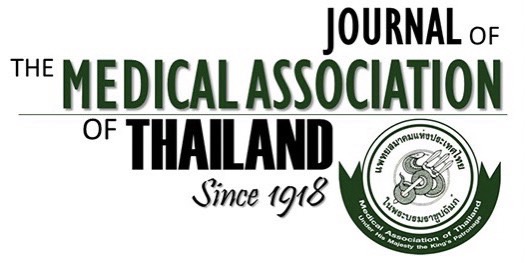Benefits of Brain Dual-Energy CT Imaging in Detecting Intracranial Hemorrhage in Non-Contrast Brain CT Scans
Pipat Chiewvit¹, Siriwan Piyapittayanan¹, Chanon Ngamsombat¹, Tipa Chakorn²
Affiliation : ¹ Division of Diagnostic Radiology, Department of Radiology, Faculty of Medicine Siriraj Hospital, Mahidol University, Bangkok, Thailand; ² Department of Emergency Medicine, Faculty of Medicine Siriraj Hospital, Mahidol University, Bangkok, Thailand
Background: Non-contrast brain computed tomography (CT) scans are the gold standard for diagnosing intracranial hemorrhage (ICH). However, the scans have evaluation limitations, especially in cases of interfering bony artifacts, and overlapping hypoattenuating calcifications and hemorrhages. Material decomposition dual-energy CT (DECT) can separate materials based on atomic numbers.
Objective: To compare the diagnostic accuracy, sensitivity, and specificity of material decomposition non-contrast DECT of the brain with conventional 120 kVp-single energy CT (SECT) imaging for ICH diagnosis.
Materials and Methods: The present study was a retrospective study conducted at a single center. Three neuroradiologists separately and blindly reviewed the postprocessing images of 111 patients with 215 lesions. DECT acquisitions generated the images. They were in the form of 1) SECT images, 2) blood-subtracted calcium, non-overlay images as “blood (calcium) non-overlay” images, 3) blood-subtracted calcium, overlay images with rainbow and grayscale color-coding as “blood (calcium) overlay” images, and 4) combined SECT and blood-subtracted calcium, overlay images as “combined SECT + blood (calcium) overlay” images.
Results: Compared with the SECT images, the blood (calcium) overlay images had better accuracy, at 99.6%, sensitivity at 99.5%, and specificity at 100% for ICH diagnosis. The blood (calcium) overlay images also provided better observer confidence, a 94.06% certain diagnosis, than the SECT images (p<0.05). The blood (calcium) overlay images and combined images had very good interrater reliability, whereas the reliability of the SECT images was poor.
Conclusion: Material decomposition DECT, as either blood (calcium) overlay images or combined SECT + blood (calcium) overlay images, has a high ICH diagnostic ability in non-contrast brain CT imaging.
Received 7 December 2023 | Revised 1 July 2024 | Accepted 26 July 2024
DOI: 10.35755/jmedassocthai.2024.9.690-700-576
Keywords : Dual energy CT; Noncontrast CT brain; Intracranial hemorrhage; ICH
All Articles
Download



